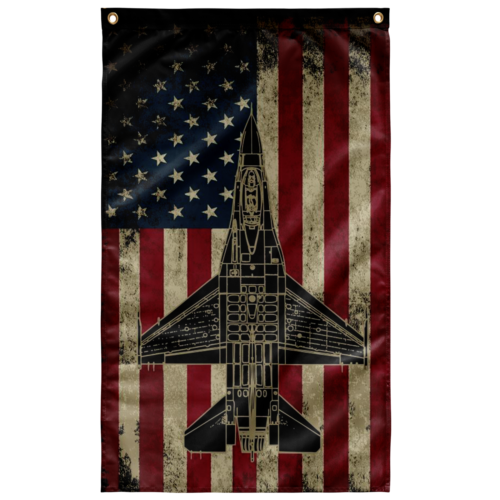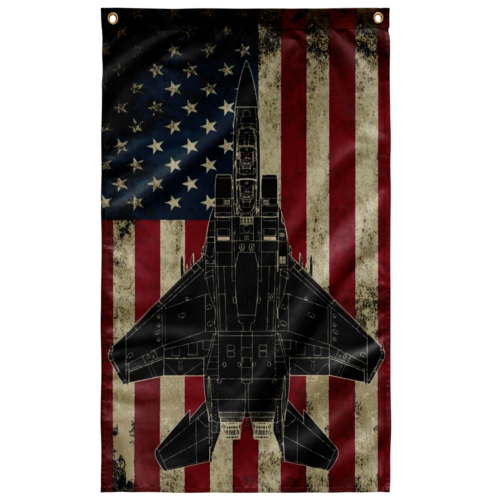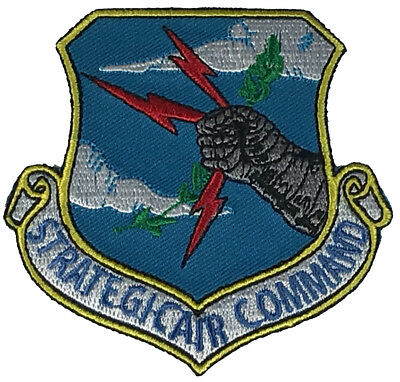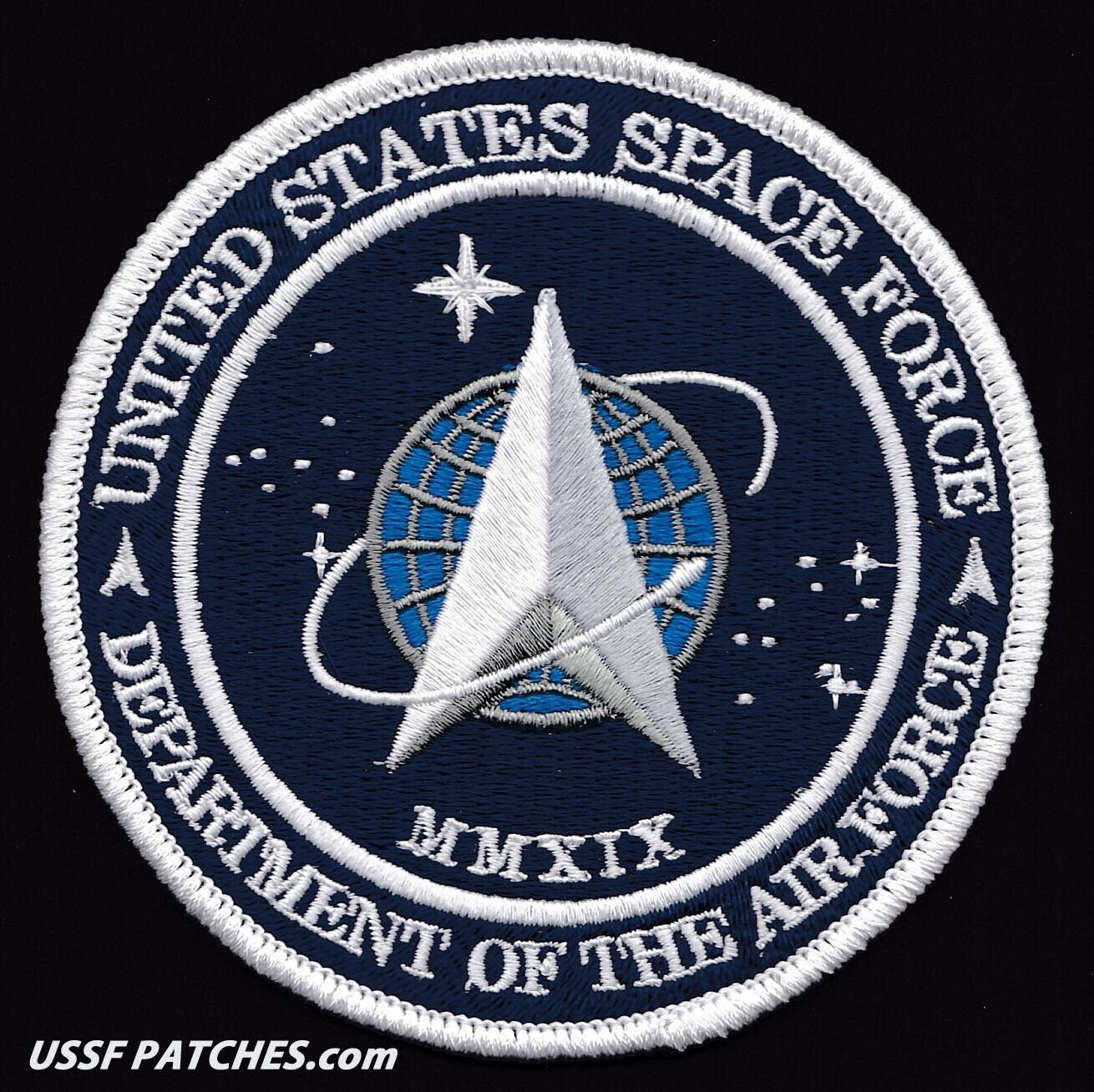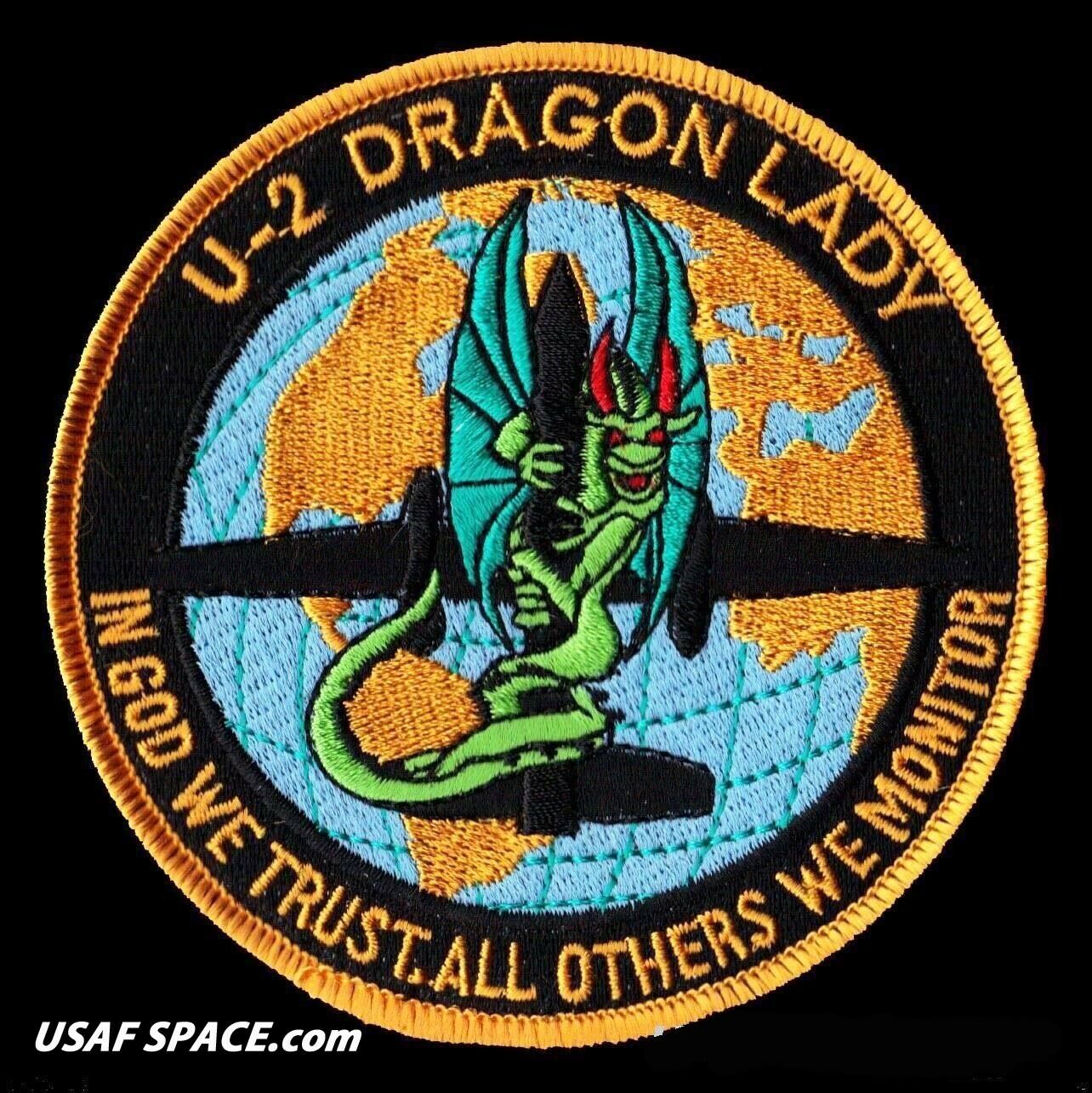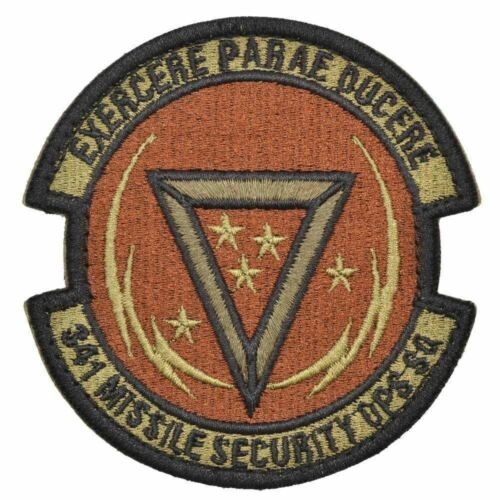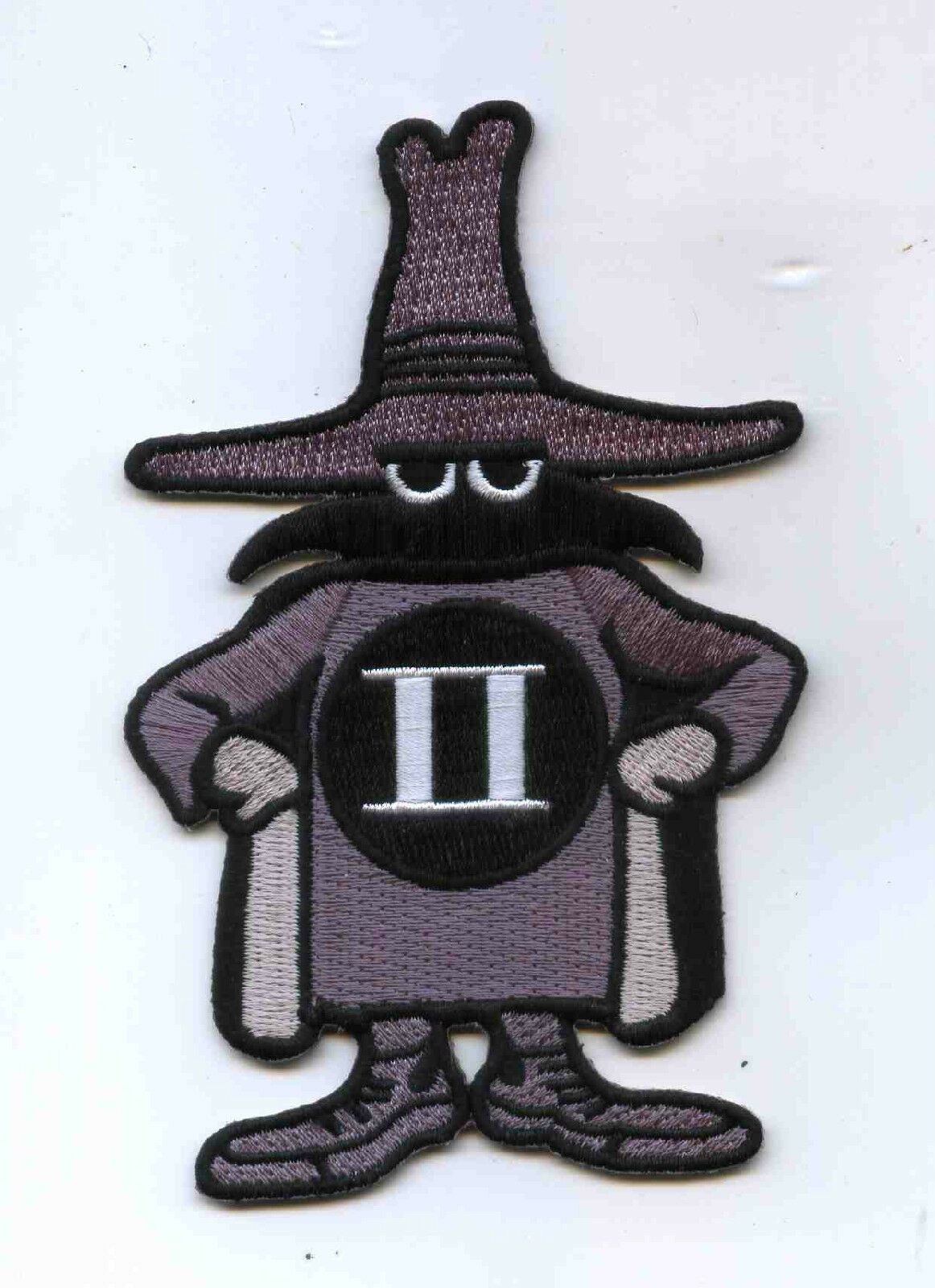-40%
United States Space Command Patch NEW PACKAGE 20--PATCHES--DEALER SALE .5
$ 3.43
- Description
- Size Guide
Description
PLEASE FOLLOW OUR E BAY STORESEE ALL PICS
SALE
SEE OUR STORE
PLEASE READ WHOLE ADD
SEE STORE !!!!
United States Space Command
From Wikipedia, the free encyclopedia
Jump to navigation
Jump to search
For the military service branch, see
United States Space Force
.
United States Space Command
Seal of the United States Space Command
Active
23 September 1985 – 1 October 2002 (16 years, 10 months)
[1]
(First incarnation)
29 August 2019 – present (1 year, 10 months)
(Second incarnation)
Country
United States
Type
Unified combatant command
Role
Space warfare
Part of
Department of Defense
Provisional headquarters
Peterson AFB
, Colorado, U.S.
[2]
Website
www
.spacecom
.mil
Commanders
Commander
GEN
James H. Dickinson
,
USA
[3]
Deputy Commander
Lt Gen
John E. Shaw
,
USSF
[4]
Command Senior Enlisted Leader
MGySgt
Scott H. Stalker
,
USMC
[5]
Insignia
Flag
Army element
shoulder sleeve insignia
Army element
distinctive unit insignia
Part of
a series
on the
United States Space Program
NASA
U.S. Space Force
show
Human spaceflight programs
show
Robotic spaceflight programs
show
NASA Astronaut Corps
show
Spaceports
show
Space launch vehicles
show
National security space
show
Civil space
show
Commercial space industry
v
t
e
United States
Armed Forces
Executive departments
Department of Defense
Department of Homeland Security
Staff
Joint Chiefs of Staff
Military departments
Department of the Army
Department of the Navy
Department of the Air Force
Military service branches
United States Army
United States Marine Corps
United States Navy
United States Air Force
United States Space Force
United States Coast Guard
Unified combatant commands
show
Geographic combatant commands
show
Functional combatant commands
v
t
e
United States Space Command
(
USSPACECOM
or
SPACECOM
) is a
unified combatant command
of the
United States Department of Defense
, responsible for military operations in
outer space
, specifically all operations 100 kilometers (62 miles) above mean
sea level
. U.S. Space Command is responsible for the operational employment of space forces that are provided by the services of the
United States Armed Forces
, predominantly the
United States Space Force
.
Space Command was originally created in September 1985 to provide joint command and control for all military forces in outer space and coordinate with the other combatant commands. SPACECOM was disestablished in 2002, and its responsibilities and forces were merged into
United States Strategic Command
.
[6]
A second incarnation of Space Command was established on 29 August 2019, with a reemphasized focus on space as a warfighting domain.
Contents
1
Mission
2
Organization
2.1
Structure
2.2
Service components
2.3
Relationship with the United States Space Force
3
History
3.1
First establishment: 1985–2002
3.2
Second establishment: 2019–present
4
Commanders
5
See also
6
References
6.1
Citations
6.2
Sources
Mission
[
edit
]
Space Command's mission is:
"To conduct operations in, from, and through space to deter conflict, and if necessary, defeat aggression, deliver space combat power for the Joint/Combined force, and defend U.S. vital interests with allies and partners."
[2]
Organization
[
edit
]
United States Space Command has two subordinate components. The Combined Force Space Component Command is responsible for planning and conducting global space operations, while also providing space effects to the other combatant commands and U.S. allied partners. Joint Task Force–Space Defense is responsible for conducing space superiority operations.
[2]
Structure
[
edit
]
Combined Force Space Component Command
(CFSCC),
Vandenberg Space Force Base
,
California
Combined Space Operations Center
(CSpOC),
Vandenberg Space Force Base
,
California
Missile Warning Center
(MWC),
Cheyenne Mountain Air Force Station
,
Colorado
Joint Overhead Persistent Infrared Center
(JOPC),
Buckley Space Force Base
,
Colorado
Joint Navigation Warfare Center
(JNWC),
Kirtland Air Force Base
,
New Mexico
Joint Task Force–Space Defense
(JTF–SD),
Schriever Air Force Base
,
Colorado
National Space Defense Center
(NSDC),
Schriever Air Force Base
,
Colorado
Service components
[
edit
]
As a unified combatant command, Space Command has a number of service components that provide forces to it.
[7]
Space and Missile Defense Command
(
land component
)
[8]
Marine Corps Forces Space Command
(
marine component
)
[9]
Navy Space Command
(
maritime component
)
[10]
[11]
First Air Force
(
air component
)
[12]
Space Operations Command
(
space component
)
Joint Force Headquarters-Cyber Air Force
(
cyber component
)
[13]
Relationship with the United States Space Force
[
edit
]
Main article:
United States Space Force
United States Space Command (USSPACECOM) is the
unified combatant command
for all military space operations, while the United States Space Force is the military service responsible for organizing, training, and equipping the majority of forces for U.S. Space Command. The Space Force's service component to Space Command is
Space Operations Command
, providing the majority of space forces. U.S. Space Command also consists of smaller amounts of forces from the
United States Army
,
United States Marine Corps
,
United States Navy
, and
United States Air Force
. This mirrors the relationship between the Space Force's predecessor,
Air Force Space Command
, and U.S. Space Command (and between 2002 and 2019,
United States Strategic Command
).
[14]
History
[
edit
]
First establishment: 1985–2002
[
edit
]
First U.S. Space Command seal
United States Space Command was established in as a functional combatant command 1985 to provide joint command and control of the Air Force,
Army
, and
Navy
's space forces, as well as prepare for the implementation of the
Strategic Defense Initiative
.
[15]
[16]
In the aftermath of the
September 11 attacks
, the armed forces' focus on homeland defense and counter-terrorism was significantly increased, which resulted in space being deemphasized. It was in this context that the unified command plan was reevaluated, resulting in
U.S. Northern Command
being established for the defense of the North American continent, while U.S. Space Command was merged with
U.S. Strategic Command
, where its responsibilities were absorbed into the
Joint Functional Component Command for Space and Global Strike
. In 2006, this would be replaced by the Joint Functional Component Command for Space, and in 2017, be reorganized as the
Joint Force Space Component Commander
.
[17]
The Army components for the first formation of Space Command were the Army Space Agency (1986–1988);
Army Space Command
(1988–1992); and Army Space and Strategic Defense Command (1992–1997), which eventually became today's Army Space and Missile Defense Command. Up until 2002
Naval Space Command
was the naval component, and
Air Force Space Command
the USAF component.
Joint Functional Component Command for Space (JFCC Space) Emblem
Joint Force Space Component Command seal
Second establishment: 2019–present
[
edit
]
Left to right: USSPACECOM Commander General
John Raymond
, Secretary of Defense
Mark Esper
, President
Donald Trump
and Vice President
Mike Pence
in the
White House Rose Garden
for the 2019 reestablishment signing ceremony
The
2019 National Defense Authorization Act
, which was signed into law in 2018, directed the re-establishment
[18]
of U.S. Space Command as a sub-unified combatant command under
U.S. Strategic Command
; however, in December 2018, the
Trump administration
directed that U.S. Space Command instead be a newly established, full unified combatant command, with full responsibilities for space warfighting, which at the time, was under the authority of U.S. Strategic Command.
[19]
[20]
On March 26, 2019,
U.S. Air Force
General
John Raymond
[21]
was nominated to be the commander of the second establishment of USSPACECOM, pending
Senate
approval.
[18]
[22]
In 2019 the Air Force released that the list of finalists for the Headquarters of Space Command were
Cheyenne Mountain Air Force Station
,
Schriever Air Force Base
,
Peterson Air Force Base
,
Buckley Air Force Base
,
Vandenberg Air Force Base
, and
Redstone Arsenal
.
[23]
U.S. Space Command was officially reestablished on August 29, 2019 during a ceremony at the
White House
.
[24]
The former
Joint Force Space Component Commander
was dissolved and folded into Space Command. Following the creation of the
United States Space Force
in December 2019, the
Department of the Air Force
widened its search for a location of Space Command's permanent headquarters.
[25]
USSPACECOM has two subordinate commands: Combined Force Space Component Command (CFSCC), and Joint Task Force Space Defense (JTF-SD).
[26]
CFSCC plans, integrates, conducts, and assesses global space operations in order to deliver combat relevant space capabilities to Combatant Commanders, Coalition partners, the Joint Force, and the Nation. JTF-SD conducts, in unified action with mission partners, space superiority operations to deter aggression, defend U.S. and allied interests, and defeat adversaries throughout the
continuum of conflict
.
[2]
[26]
On August 2020, In the meeting of the National Space Council, acting Director of National Intelligence announced ''in case of an attack on the U.S. satellites the operational control of intelligence community assets will be in the ambit of the military'', resulting in the
National Reconnaissance Office
being operationally subordinated to the commander of U.S. Space Command in matters of space defense.
[27]
In January 2021, it was announced that
Redstone Arsenal
in Huntsville, Alabama was the preferred final location for U.S. Space Command. The other locations in contention were
Kirtland Air Force Base
,
Offutt Air Force Base
,
Joint Base San Antonio
, its interim location at
Peterson Air Force Base
, and
Patrick Space Force Base
.
[28]
Despite
Peterson Air Force Base
in Colorado, both the original and interim location of Space Command headquarters, Redstone Arsenal was selected, reportedly due to political pressure directly from then-president Donald Trump.
[29]
A formal review from the DoD IG has been initiated to ensure the process that selected Huntsville as the preferred location was impartial and factually sound. Current
Secretary of Defense Lloyd Austin
came out with his public support and backed the Department of the Air Force's decision process which resulted in the selection of Redstone Arsenal.
[30]
Commanders
[
edit
]
Main article:
Leadership of the United States Space Command
Note:
The numeric order of the commanders were reset due to the second establishment being considered a different command than the first.
No.
Commander
Term
Service branch
Portrait
Name
Took office
Left office
Term length
Commander–in–Chief, United States Space Command
1
General
Robert T. Herres
23 September 1985
[31]
6 February 1987
1 year, 136 days
U.S. Air Force
2
General
John L. Piotrowski
6 February 1987
30 March 1990
[32]
[33]
3 years, 84 days
U.S. Air Force
3
General
Donald J. Kutyna
1 April 1990
30 June 1992
2 years, 60 days
U.S. Air Force
4
General
Chuck Horner
30 June 1992
13 September 1994
2 years, 75 days
U.S. Air Force
5
General
Joseph W. Ashy
13 September 1994
26 August 1996
1 year, 348 days
U.S. Air Force
6
General
Howell M. Estes III
26 August 1996
14 August 1998
1 year, 353 days
U.S. Air Force
7
General
Richard B. Myers
14 August 1998
22 February 2000
1 year, 192 days
U.S. Air Force
8
General
Ralph Eberhart
22 February 2000
1 October 2002
2 years, 221 days
U.S. Air Force
Commander, United States Space Command
1
General
John W. Raymond
29 August 2019
20 August 2020
357 days
U.S. Space Force
2
General
James H. Dickinson



